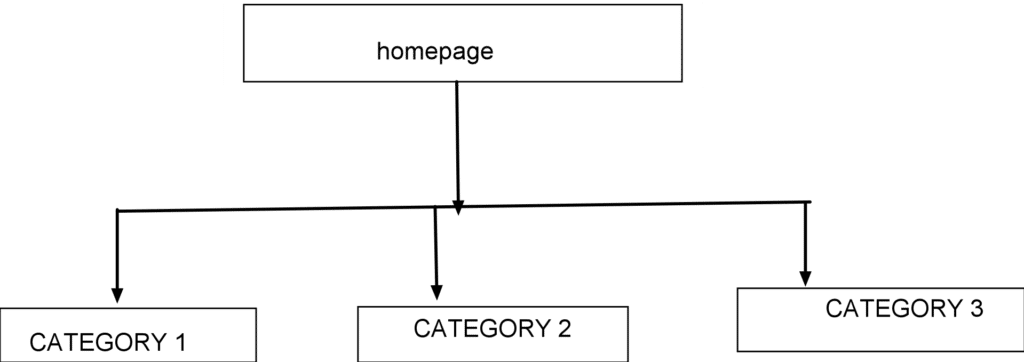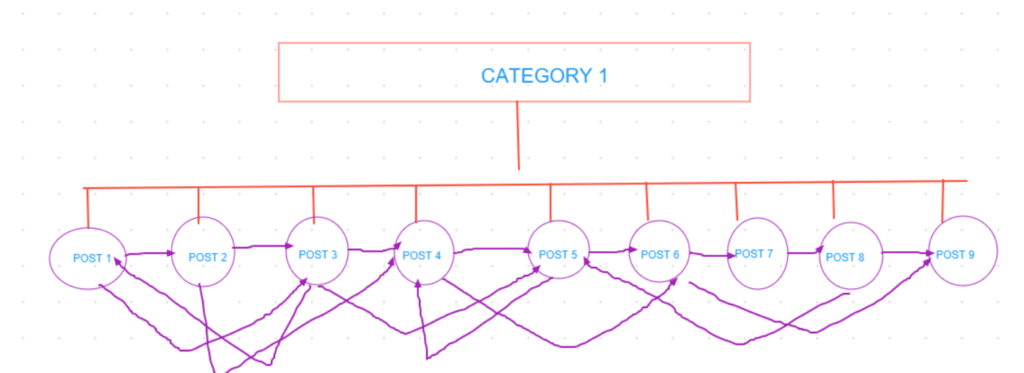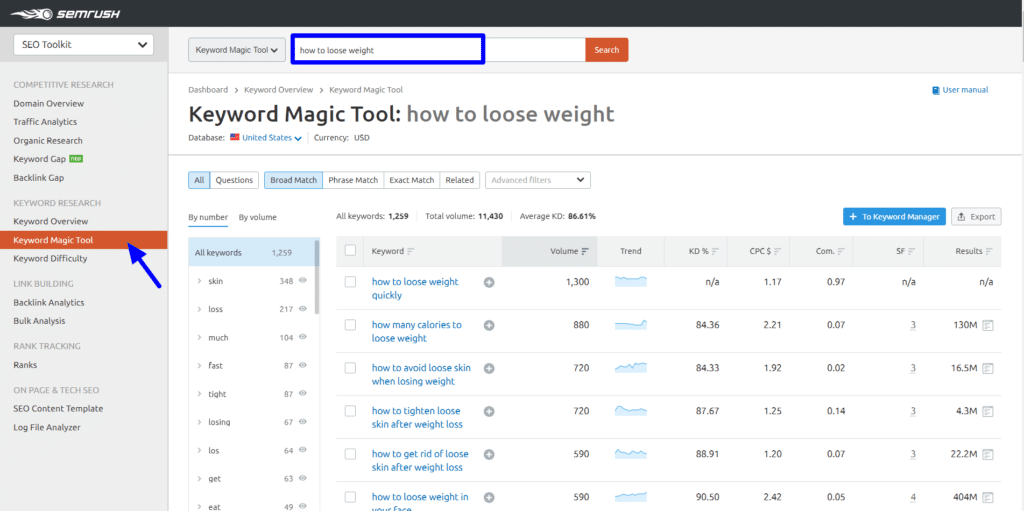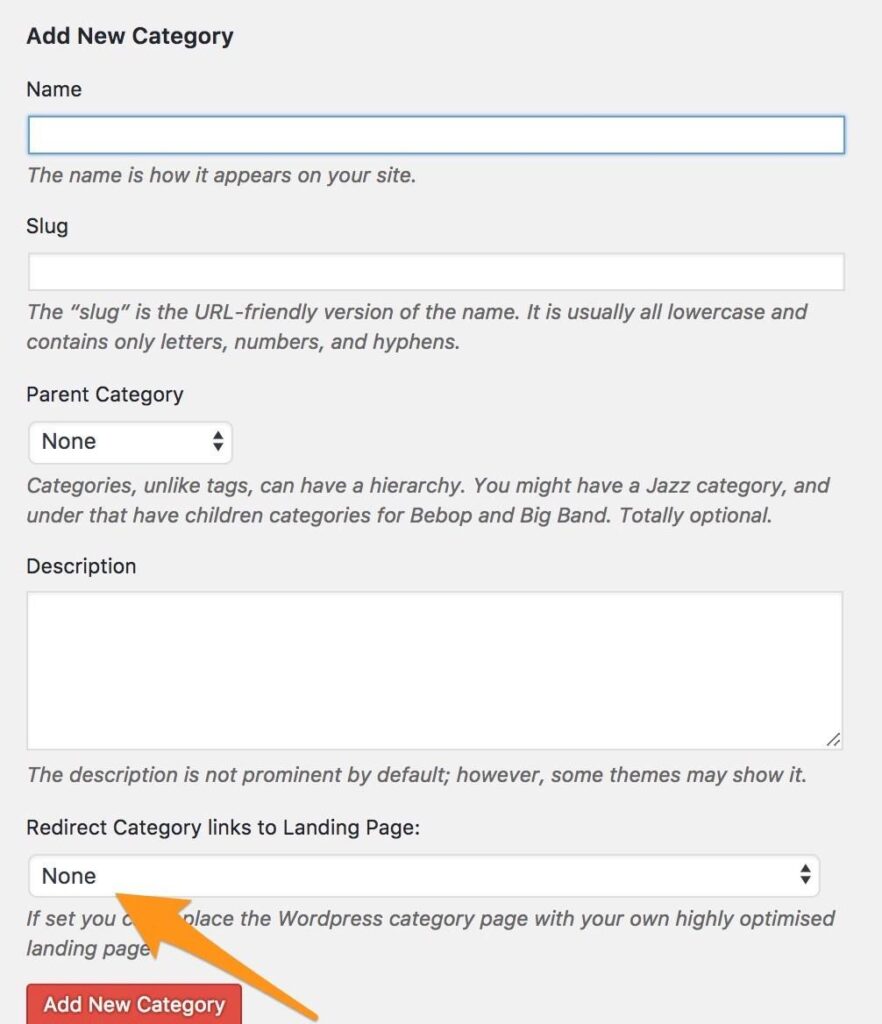Welcome bloggers! In this article, you will learn how to implement Silo structure to your blog.
I am assuming you did the previous jobs from starting a blog to implementing basic SEO. But still, your web-pages are not showing on Google.
Maybe, you need to change your website structure.
Mr. Neil Patel, a marketing expert insists bloggers use silo design in blogs. On the other side, many experts are saying Silo is not working anymore.
But I am telling you from my personal experience, that it really works and will not stop working in the future.
When we start a blog or website, we failed many times to rank our blogs.
As Google is continuously changing its algorithm, we should implement the newest tactics to our blogs.
Google is so strict to give authority to a new website. But you can see many websites that are doing great improvement.
Maybe, They are using these advanced SEO techniques.
Okay, so let me start by telling you some basic things about Silo.
What Is The Silo Structure In SEO?
You have a lot of pages and posts on your blog. They contain different information. In Siloing, You are just changing your website architecture by connecting all your articles internally.
Suppose, you used to write contents on three topics: Affiliate marketing, Email marketing, and Blogging.
Now, if you organize your pages by grouping each and every topic together, then the structure will be called a Silo structure.
Here is an info graphic which will make this topic clear:

-
Save
A blog might look like flat structured, but it is grouped by categories often.
You have a homepage like a fig. above and some categories also. If you are using a horizontal blog structure, then, you might be focusing on a single category.
The silo structure falls into a deep website structure where it is easier to crawl and understand each category value.
And all your posts will be linked to your respective category pages which are your revenue-generating pages. This will somehow look like this.

-
Save
Quick Navigation
How Do I Create A Silo Structure In WordPress?
There is not any given option in WordPress CMS to create a Silo structure. You should think about all your categories and posts before starting a blog.
WordPress does not provide the Siloing option, we should create it manually.
You have to create a mind map or an architecture which you will be using on your blog. In this case, many tools can help you, like XMind.net
By creating a mind map like this will help you in the future as you will not forget which post can be linked to another one.
And then start implementing those on your site.

-
Save
Silo Structure: Formatting Guide
At times, your blog will be popular. People can link back to your site.
But that doesn’t mean, they always link back to a particular post. They might link to your homepage.
And we do not want to rank our homepage only. We want our posts to be ranked, right? How can we do so?
How can we transfer the homepage links to our blog posts?
Here, we have to format our website such a way that every link to our homepage can pass the link juice to our posts.
Here is the process:
#1 Keyword Research:
This is the first and most important point. We have to find all the keywords in our niche at first.
Try to find out such keywords that have a high search volume.
And please, don’t think about the competition.
Because, the pages which you will be creating, are going to be your pillar pages.
Suppose, You are blogging on the “Health” niche. Though this is a very broad niche. But, I am just giving you an example to make things clear.
So, try to find the keywords which have a huge search volume monthly. Such as

-
Save
In this case, ‘How to lose weight’ is going to be your pillar page. And all the keyword ideas under this particular keyword will be ‘posts’.
#2 Create Pillar Pages:
When we are done with keyword ideas, its time to write in-depth content on those topics.
Always create pages on those broad keywords. Don’t write posts on those.
WordPress gives us the functionality to create pages easily, and make the pillar.
Research more and more, find all the corners of your page content.
Your page should at least contain 5000+ word count.
#3 Do Not ‘No-Index’ Category Pages
If you are using Rankmath or, Yoast SEO plugin, they give you the option to choose what to index and what not to.
The category pages of a simple blog should be ‘no-index’. But if you are using ‘Silo’, then you should ‘index’ category pages.
#4 Redirect Category Pages To Your Landing Pages
If some click on your category page of lose weight’, they should be redirected to the landing page containing lost in-depth content about ‘how to lose weight’.
A simple category page contains the posts under that category. You have to redirect that to another page.
If you are using Thrive architect page builder, there is an option to do this easily.

-
Save
In case, you are not using it, there are other plugins like ‘Redirection’.
Do not forget to use the same URL structure for your category page and respective landing page.
#5 Use Of Long-Tail Keywords
Under that broad category, there will be thousands of long-tail keywords.
SemRush, Ahrefs, Longtail Pro, and many more tools available for researching this. You also can use the free Ubersuggest tool.
Write content around 2000 keywords on each of those.
Use WordPress posts for this. Do not use the ‘WordPress page’ option to create long-tail keyword-based posts.
These are the supportive posts of your pillar page.
#6 Interlinking Is The Key
Most of the people think Backlink is the most important ranking algorithm on Google’s eye.
But that’s not true.
I am telling you if your site has a perfect interlinking strategy, there are 55% chances already to rank a new blog post.
Here is what you should do:
- Your homepage should contain all the category page ie, pillar pages linked. It can be linked to the sidebar or, the menu bar also.
- Pillar pages should contain all your posts of particular categories linked. Suppose, you have two category page: ‘how to lose weight’ and ‘nutritional supplements’. The long-tail keyword posts must be linked to the respective pillar page.
- All posts must be interlinked with each other.
- Do not link a post from ‘how to lose weight’ category to the ‘nutritional supplement’ category.
- Pillar pages should be linked with each other
Note: don’t use Internal linking plugins when building your silos. I know it’s common wisdom by this point that you need to automate the boring aspects of internal linking, but it is crucial that you make a silo right for maximum SEO benefit, and internal linking plugins are not yet sophisticated enough to help you.
However, if you’ve decided not to make silos on your site for whatever reason, then you need to use a plugin as it makes the job 10X easier.
I recommend Link Whisper to you. I’m not an affiliate, but my friend Nikola Roza is. Visit his page to get a link Whisper discount and save on your next order.
Why Should You Use The Silo Structure?
According to a survey, 75% of the websites are not using a silo structure.
Before implementing it on your existing site, let me tell you some benefits of this.
#1 Creating Back-links Will Be Easy
We need not create a backlink for each of our published posts.
If we are using perfect site architecture, then creating a backlink on the homepage or, pillar pages is sufficient.
They will pass the link juice to all our posts which have been linked there. And thus, posts can rank automatically.
#2 Help Google To Crawl
Many new bloggers are facing crawling and indexing issues. Do you know why your site is not ranking on Google?
It may be because Google is still confused about your site topic.
Silo structure helps Google to crawl your site properly because there has been a perfect interlinking implemented.
#3 User Experience
Google has 200+ metrics to rank a site. User experience is no doubt one of them.
If your site has a solid architecture then it will be easy for every user to navigate. Naturally interlinking to other posts also can reduce your bounce rate.
As people are willing to take an in-depth guide about their queries, they might click links and read the next article.
Spending time on your site will surely affect on ranking.
Final Words
So, this was a basic guide of implementing a silo structure to your site. Make sure you use a navigation bar and breadcrumbs properly. Because it will help Google to understand your site structure better.
You also can use silo to your existing site. Do not forget to pre-plan about the architecture.
And then interlink silo pages cleverly. Separately link posts from different categories.
Hope this will help you. Let your friends know about this by sharing! Thanks.

-
Save
Shekhar Chatterjee
Shekhar Chatterjee is a passionate Indian blogger, affiliate marketer, SEO specialist, and the Founder of “Special Blogger”. Follow him to get some proven strategies.
Editor's Choice

-
Save
Why Do People Blog & The Benefits of Blogging in 2022
Sharing If You Find This Post Useful 🙂 Facebook Twitter LinkedIn More Blogging and its benefits are tremendous. Firstly it is something that everyone can start on their own, without having tech skills. It is one kind of business that

-
Save
How To Manage Side-Hustle With A Full-Time Office Job?
Sharing If You Find This Post Useful 🙂 Facebook Twitter LinkedIn More Everyone wants to start their own business and get the freedom from working under a boss. There are multiple business ideas available to start with your full-time official

-
Save
How to Choose Low Cost VPS Hosting India.
Sharing If You Find This Post Useful 🙂 Facebook Twitter LinkedIn More Hello and welcome to my article where I will tell you about those cheap web hosting services that can provide dedicated kind services at the cost of shared
Grab These Amazing Deals & Coupons

-
Save
[51% OFF] A2Hosting
Get The Best value For Money. And Start Your Own Website In No Time.



12 thoughts on “Silo Structure: A Better Website Structure [Advanced SEO]”
Thank you for the opprtunity Chayan da. It feels really good to share something valuable on SimpleFactsOnline ❤️
Amazing article brothe, consumed some fresh information Today, thanks for sharing this with us.
This is was amazing one. I have enjoyed reading this article. Yeah you are right silo structure is playing a vital role to rank on the top. But many of us still unaware of this SEO tactic.
Article is Helpful brother.
Kip shearing
Wow this is an detail written article about silo structure and i learn alot from this valuable article. keep doing great work sir
I had been reading about Silo Structure on a lot of websites honestly, but the way you’ve explained on hiw to implement it for getting the maximum amount of benefit in terms of link juice from home page to pillar pages to individual posts, it is pretty clear to me and I am going to restructure my content accordingly.
Thanks a lot for this helpful and clear blog post.
Keep sharing great content.
Nice Tips sir
Superb article Shekhar, I love to explore site structure, it’s a fun part of SEO for me.
I know decent amount about it, but I still learned a bit here.
So thank you, especially about the connection of UX and site architecture. Never thought of it that way, makes perfect sense.
Hi Shekhar,
Thank you for sharing such a brief post on silo structure and its uses. Still, many bloggers don’t use silo structure in their websites. I must say they need to start implementing it so their website can perform in search results. Hope users will understand the importance of silo after reading this guide.
Thank you,